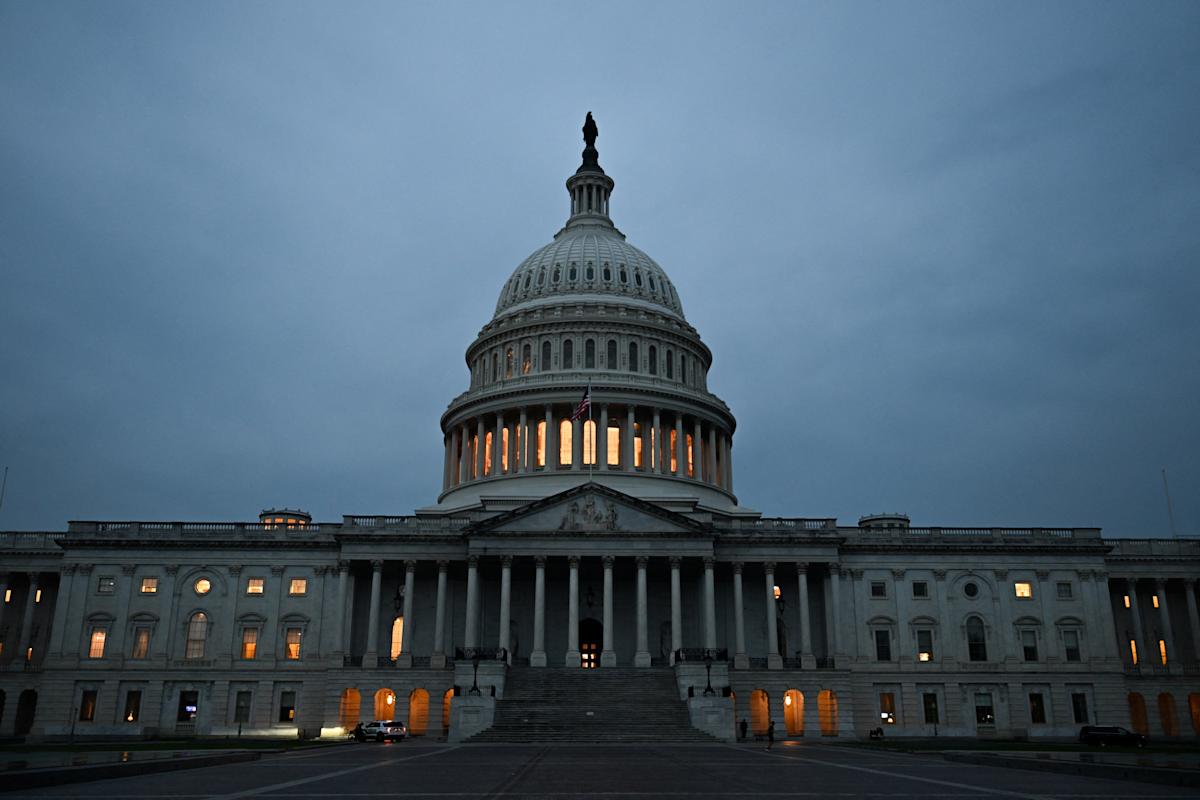Fed Signals Rate Cuts Amid Economic Concerns
Economic Indicators Raising Concerns
The July jobs report has introduced fresh concerns about the U.S. labor market's health. The report revealed the addition of only 73,000 jobs in July, falling significantly short of economists' estimates of 110,000. Furthermore, the Bureau of Labor Statistics revised previous job growth figures for June and May downward, with June's numbers alone cut by 258,000 jobs. These revisions suggest a weaker labor market than previously anticipated, heightening concerns about economic momentum.
Wage growth has also shown signs of slowing, compounding concerns over consumer spending trends. A cooling in consumer spending—a critical driver of U.S. economic growth—indicates that households may be feeling the pinch of higher prices and economic uncertainty. These combined factors are raising red flags about the economy’s underlying strength and stability.
Federal Reserve’s Stance on Interest Rates
The Federal Reserve has maintained a pause on interest rate changes for five consecutive meetings, citing persistent inflation and a relatively strong labor market as reasons for its caution. However, the weakening labor market, as highlighted in the July jobs data, has prompted some Fed officials to hint at potential rate cuts in the near future.
Federal Reserve Chair Jerome Powell has emphasized that the central bank is prepared to act if economic conditions deteriorate further. Several Fed officials have echoed this sentiment, noting that the slowdown in wage growth and job creation may justify policy adjustments. The market is already pricing in a significant probability of rate cuts by the end of the year, with CME FedWatch indicating a 45.7% chance of a 75-basis-point reduction by December.
Inflation and Tariff-Related Challenges
Inflation remains a persistent challenge for the Federal Reserve, with price levels still exceeding the central bank’s 2% target. Although the consumer price index (CPI) and personal consumption expenditures (PCE) index have shown modest declines in recent months, they remain elevated, with the PCE index rising to 2.6% in June.
Tariff-related price increases, though significant, are being described by officials as one-time adjustments rather than systemic inflationary pressures. Treasury Secretary Scott Bessent has pointed out that many businesses and manufacturers are absorbing these costs, limiting their full transmission to consumers. Nevertheless, the interplay of tariffs, inflation, and labor market challenges continues to complicate the Fed’s efforts to maintain economic stability.
 Sources
Sources- Bessent says market expects Fed cut rates year: 'substantial probability'
 fox
fox - Fed Officials Signal Possible Interest Rate Cut: Time Right?
 investopedia
investopedia - Fed Officials Signal Possible Interest Rate Cut: Time Right?
 yahoo
yahoo
 Keep Reading
Keep ReadingAbout the author

Top News
Related Articles
Latest Newswire
- Bessent says market expects Fed cut rates year: 'substantial probability'
 fox
fox - Fed Officials Signal Possible Interest Rate Cut: Time Right?
 investopedia
investopedia - Fed Officials Signal Possible Interest Rate Cut: Time Right?
 yahoo
yahoo













